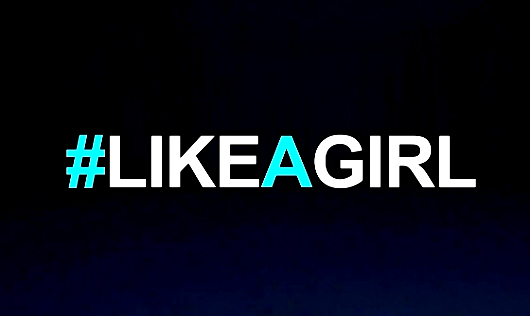
The music video ‘Deadz’ by Migos is
a song from their latest album “Culture”. Migos, a rap group from North Atlanta,
consists of three members; Quavo (Quavious Marshall), Takeoff (Kirshnik Ball)
and Offset (Kiari Cephus). In just two weeks, the music video has become a
viral sensation and racked up over 8 million views. The popularity of the rap
group and its recent video demonstrates the ability of Migos to broadcast their
ideas in a unique manner. The group accomplishes this through the demonstration
of symbolism, socio-economic status, and cultural stereotypes.
Migos
excellently employs the use of symbolism through various avenues. First and
foremost, the title of the track, ‘Deadz’, symbolizes money. More specifically,
the title intends to reference the dead presidents that grace the front of
dollar bills. This is illuminated through the hook, in which artist Quavo raps,
“Uh, ooh, fresh out the bed, uh, ooh, count up the dead.” Although there are
many different denominations in the United States currency, it can be
insinuated that the group is referencing three of the most influential figures
in American history: George Washington, Abraham Lincoln, and Benjamin Franklin.
It is in this way that both Migos and Quavo are referencing the one, five, and
one hundred dollar bills, respectively. Although the one and five dollar bills
typically do not carry much weight for individuals that have reached a certain
level of wealth, George Washington and Abraham Lincoln are the men portrayed in
caskets in the ‘Deadz’ music video. This is indicative of the fact that the
target audience for this music video is individuals in society that do not have
the same economic liberties and faculties as the public. Later in the music
video, Takeoff contradicts this aspect by saying, “no twenties or fifties, just
Benjamin Franklin’s.” Prior to this line, Quavo also references the group’s
large sums of money when he raps, “…my money long like anaconda.” As it is,
anacondas are the largest snakes in the world, averaging anywhere from ten to
fifteen feet long, but can grow up to 30 feet under certain circumstances
(Genius). It is in understanding this reference to anacondas that Quavo
effectively communicates to his target audience that, in spite of prior
statements about monetary struggles, there is never truly any significant shortage
of money. Additionally, Quavo, Takeoff, and Offset continuously brag about
their current financial situation, a fact that is justified due to the trio’s
socio-economic standing.
At
another point in the song, Quavo states, “…no cap, I keep a sack like Sapp…”
This is a direct reference to the Hall of Fame defensive football player,
Warren Sapp. Throughout his career, Sapp became notorious for sacking the
opposing quarterback, hence the musical reference in the present case. However,
the genius behind this line is that the word “sack” carries multiple meanings.
In the example noted above, “sack” is representative of a football play, one in
which the noted Hall of Fame player was known for. This adds a certain weight
to the statistic. Continuing this idea, “sack” refers to a significant portion,
an amount that must be Hall-of-Fame worthy. As such, this line by Quavo means
that the trio is wealthy enough to carry around a sack full of money; they have
no cap, no limit to how much money they can or will spend. Despite how
impressive this may seem, the fact remains that this contributes to the broader
hip-hop stereotype – fast cars, flashy jewelry, and stacks of cash, all of
which are short-lived.
In
conclusion, Migos successfully utilizes symbolism, socio-economic status, and
cultural stereotypes to convey their ideas to the public. With ‘Deadz’ becoming
a viral sensation, Migos has the unique opportunity to use their platform to
bring light to social issues. That being said, Migos is still confined to the
restrictions of the hip-hop stereotype, chains that they themselves reinforce.













